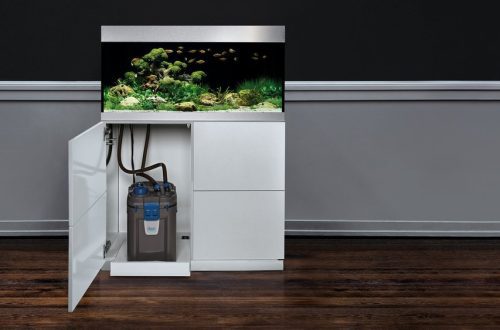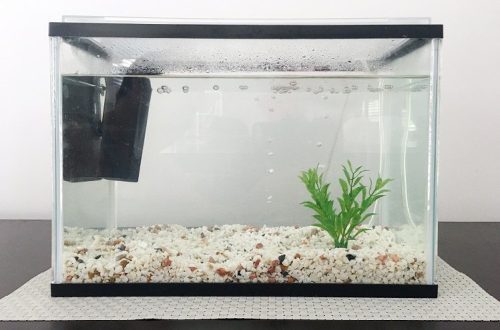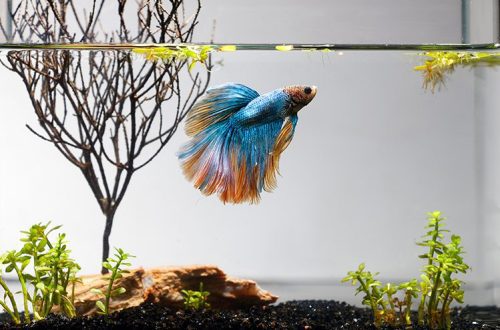
carnivorous aquarium plants
Many have heard of such insectivorous plants as the Venus flytrap or sundew, which often flicker in
In nature, these carnivorous aquatic plants grow in nutrient-poor environments, have no roots, and float near the surface. The only way to get the necessary trace elements for their growth, which evolution has left them, is predation. To do this, they developed a kind of traps (traps).
Aldrovand bubble


A small article has already been written about Aldrovand vesiculosa on our website, so we will not dwell on it in detail. We only recall that the method of hunting resembles that of the Venus flytrap. The plant has modified leaflets that form a leaf. As soon as a potential victim is between them, they slam shut. Not only small crustaceans and insects, but also fry of fish and amphibians can fall into the trap.
Pemphigus


Pemphigus has a more original device for fishing. On the stem and processes are small hollow bags (capsules), shaped like beans. The walls of the sacs are elastic and squeezed from the sides. At the top of the head there is a hole covered with a valve, from the edges of which stretch
Conclusion
Predatory aquatic plants may well become popular in aquariums, as they do not pose a threat to adult fish, and indeed to most of their juveniles. These plants are unpretentious, and outwardly they look decent, in addition, Pemphigus is capable of producing beautiful yellow flowers. The only difficulty may be that they will need to be fed with small bloodworms, brine shrimp. But given the fact that many aquarists already feed their fish with live food, this should not be a problem.





